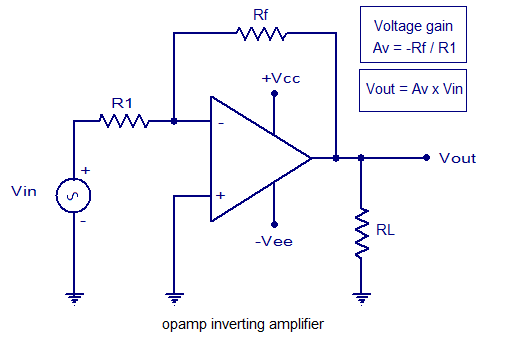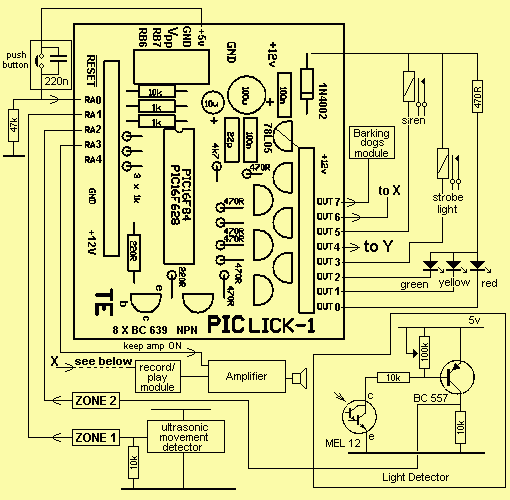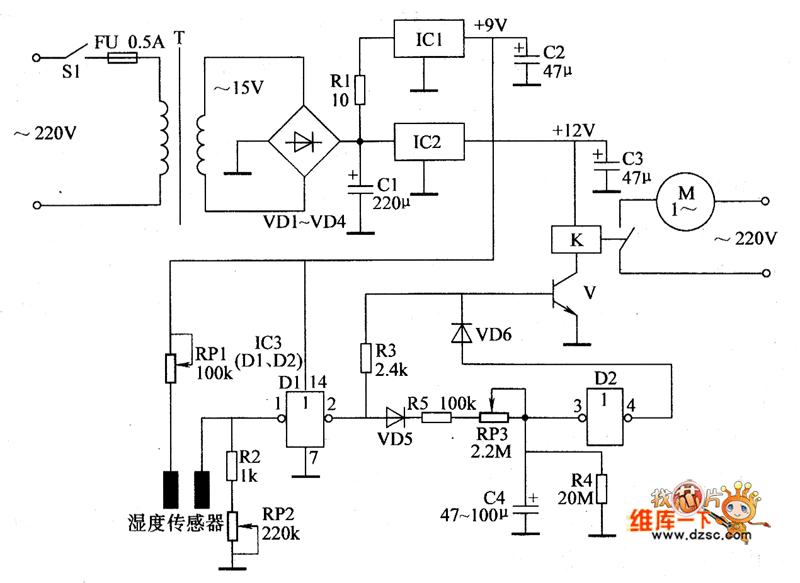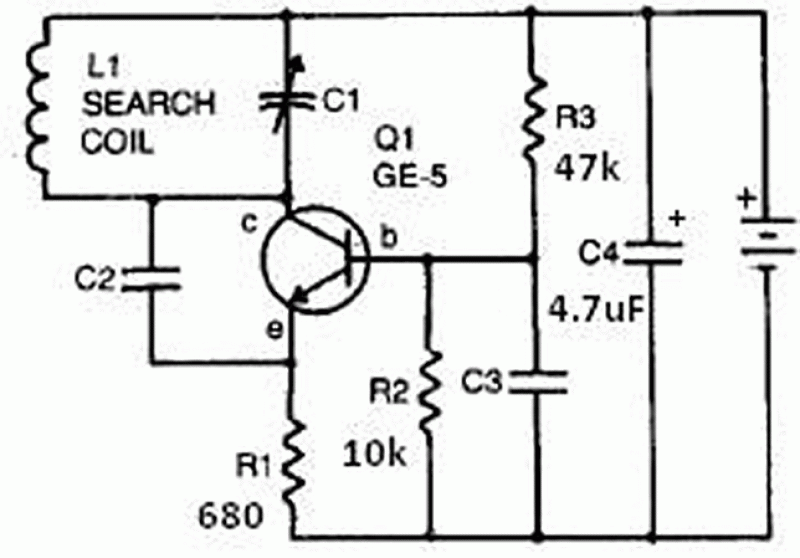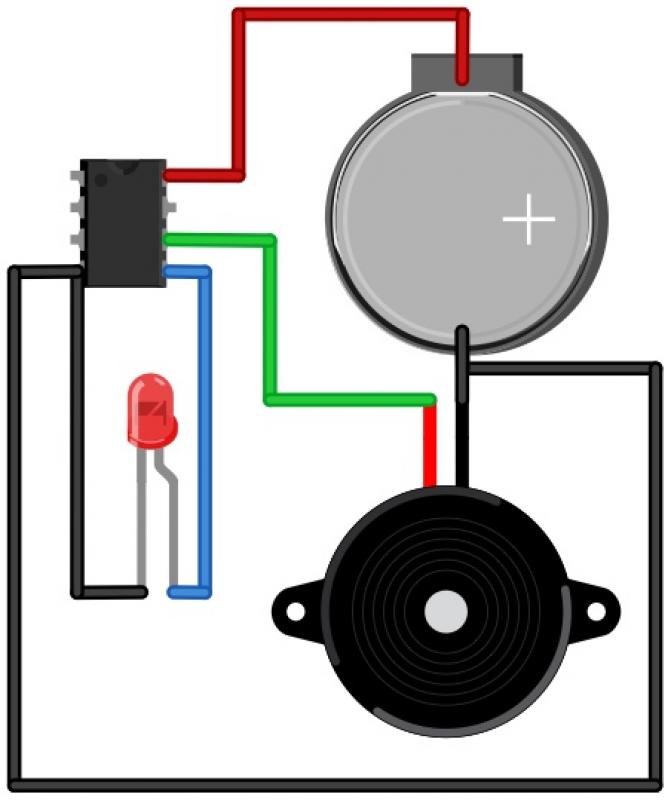
Automatic Dipper for Vehicles using NE555
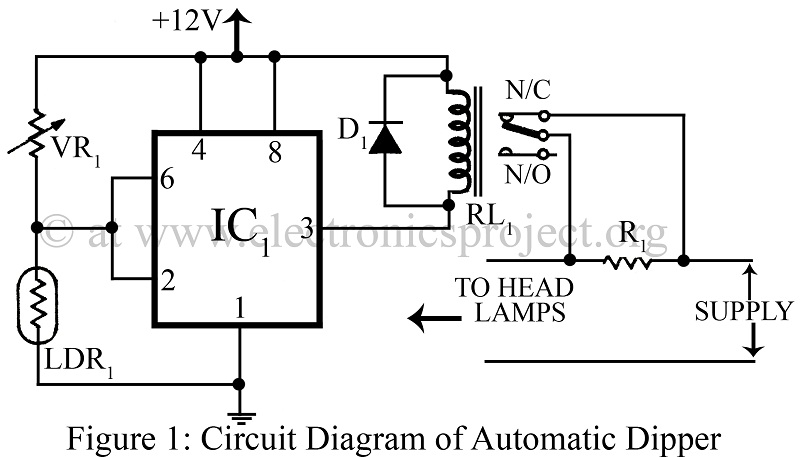
An automatic dipper for vehicles utilizing a timer IC NE555 and a light-dependent resistor (LDR) to control the headlight intensity of vehicles. This circuit diagram serves as a reference for various automobile projects.
The automatic dipper circuit employs the NE555 timer IC configured in an astable mode to generate a pulse-width modulation (PWM) signal, which is instrumental in controlling the headlight intensity based on ambient light conditions. The LDR is used as a sensor to detect the level of surrounding light. When the ambient light falls below a certain threshold, the resistance of the LDR decreases, triggering the NE555 timer to activate the vehicle's headlights at a lower intensity.
The circuit typically includes a few key components: the NE555 timer, the LDR, resistors, capacitors, and a relay. The relay serves to switch the vehicle's headlights on and off or change their intensity based on the output from the NE555 timer.
In operation, the LDR continuously monitors the light levels. When it senses low light, the NE555 timer is activated, and the output pin of the timer sends a signal to the relay. The relay then engages, allowing current to flow to the headlights and dimming them as necessary. The timing components (resistors and capacitors) connected to the NE555 determine the sensitivity and response time of the circuit, allowing for customization based on the specific requirements of different vehicles.
This automatic dipper circuit enhances driving safety by ensuring that headlights are appropriately adjusted according to environmental conditions, thus preventing glare to oncoming drivers and improving visibility for the vehicle's operator.Automatic Dipper for Vehicles using timer IC NE555 and LDR use to dip the light of vehicles circuit diagram with description various automobile project. 🔗 External reference
The automatic dipper circuit employs the NE555 timer IC configured in an astable mode to generate a pulse-width modulation (PWM) signal, which is instrumental in controlling the headlight intensity based on ambient light conditions. The LDR is used as a sensor to detect the level of surrounding light. When the ambient light falls below a certain threshold, the resistance of the LDR decreases, triggering the NE555 timer to activate the vehicle's headlights at a lower intensity.
The circuit typically includes a few key components: the NE555 timer, the LDR, resistors, capacitors, and a relay. The relay serves to switch the vehicle's headlights on and off or change their intensity based on the output from the NE555 timer.
In operation, the LDR continuously monitors the light levels. When it senses low light, the NE555 timer is activated, and the output pin of the timer sends a signal to the relay. The relay then engages, allowing current to flow to the headlights and dimming them as necessary. The timing components (resistors and capacitors) connected to the NE555 determine the sensitivity and response time of the circuit, allowing for customization based on the specific requirements of different vehicles.
This automatic dipper circuit enhances driving safety by ensuring that headlights are appropriately adjusted according to environmental conditions, thus preventing glare to oncoming drivers and improving visibility for the vehicle's operator.Automatic Dipper for Vehicles using timer IC NE555 and LDR use to dip the light of vehicles circuit diagram with description various automobile project. 🔗 External reference

